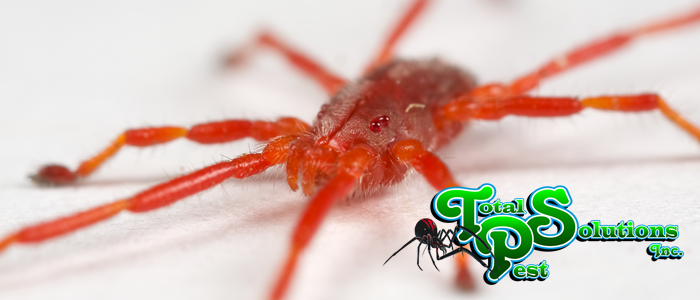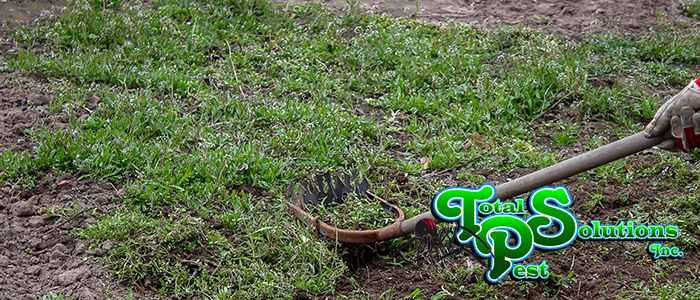
How to Remove Spider Mites
Growing house plants can be very rewarding. It’s easy to see why – Besides beautifying your home, there are many benefits. For example, interior gardening improves air quality and boosts your mood. But, while it feels wonderful to see plants grow from a seed or a sprout into a full-grown plant, trouble can be crushing. If you notice that your plant’s leaves are starting to curl up or develop spots, it may be spider mites. Spider mites are one of the most common household plant pests, but where do spider mites come from? How do you get rid of them?
This article will cover both topics, and help you keep them from coming back.
What Are Spider Mites?
As the name implies, spider mites are a type of mite that spin webs like spiders. They produce silk and use it to bind and protect their feeding sites and nests. These arachnids are much smaller than spiders, and unlike spiders, they feed on plants. Instead, they use tiny sucking mouthparts to suck out the plant’s fluids. Spider mites live in the wild, but they most often get into our homes by hitching a ride on new plants. Greenhouses and garden sections are solid breeding grounds for these mites. Because they are rapid breeders, these mites can overwhelm young plants in no time. You should act fast if you notice a spider-like web in your plants, see mites, or see leaves curling up.
What Do I Do If I Have Spider Mites?
Once you’ve determined that you have spider mites, you should work to remove them. Nothing good will come from waiting for them to disappear on their own. You’ll wind up with dead plants and a heap of gross little bugs instead. So first, identify the parts of the plant the mites are occupying. You’ll see yellowing spots of damaged leaves, as well as wilted, wrinkled leaves. The most obvious sign of spider mites is their webs, though. Thin fibers of silk connecting leaves and stems may be visible.
Since killing every mite would be nearly impossible with their small size, a spray can do the trick. Mix three tablespoons of dish soap into a gallon of water, and pour the mixture into a spray bottle. Next, spray down your plant – Be sure to get the underside of leaves and stems. The soap will kill the mites, but you should be sure to let the mixture sit for at least a few hours. Once you’ve done this, rinse the leaves while trying to avoid letting soap get into the soil. A garden hose is great for this step.
You will need to repeat this weekly over the next month to get every egg cycle of mites. Eggs can be harder to kill than the mites themselves. So as old eggs activate and hatch, mites will again become a problem.
How Do I Prevent Them?
Prevention is the first step to fighting spider mites. When buying a new plant, bring a sheet of white paper. If you see any leaves on a plant you want that seem sick, hold the paper under the leaves. Then, tap or rattle the leaves and watch the paper. Don’t buy the plant if you see little specks fall onto the paper and scurry around.
It would help if you also were sure to wipe the dust from your plants regularly. Spider mites can ride on dust, and wiping down your plants can make it harder for mites to establish themselves. Severe infestations might require professional help, so don’t be afraid to contact us if you can’t beat your mite problem.
continue reading
Related Posts
Winter Palm Care in Lakeland: Cold Snap Protection Strategies Lakeland,
Holiday Pest-Free Homes in Winter Haven: Avoiding Cargo Pests As
Auburndale’s Mole Cricket Damage: Repairing Turf Before Frost As the






